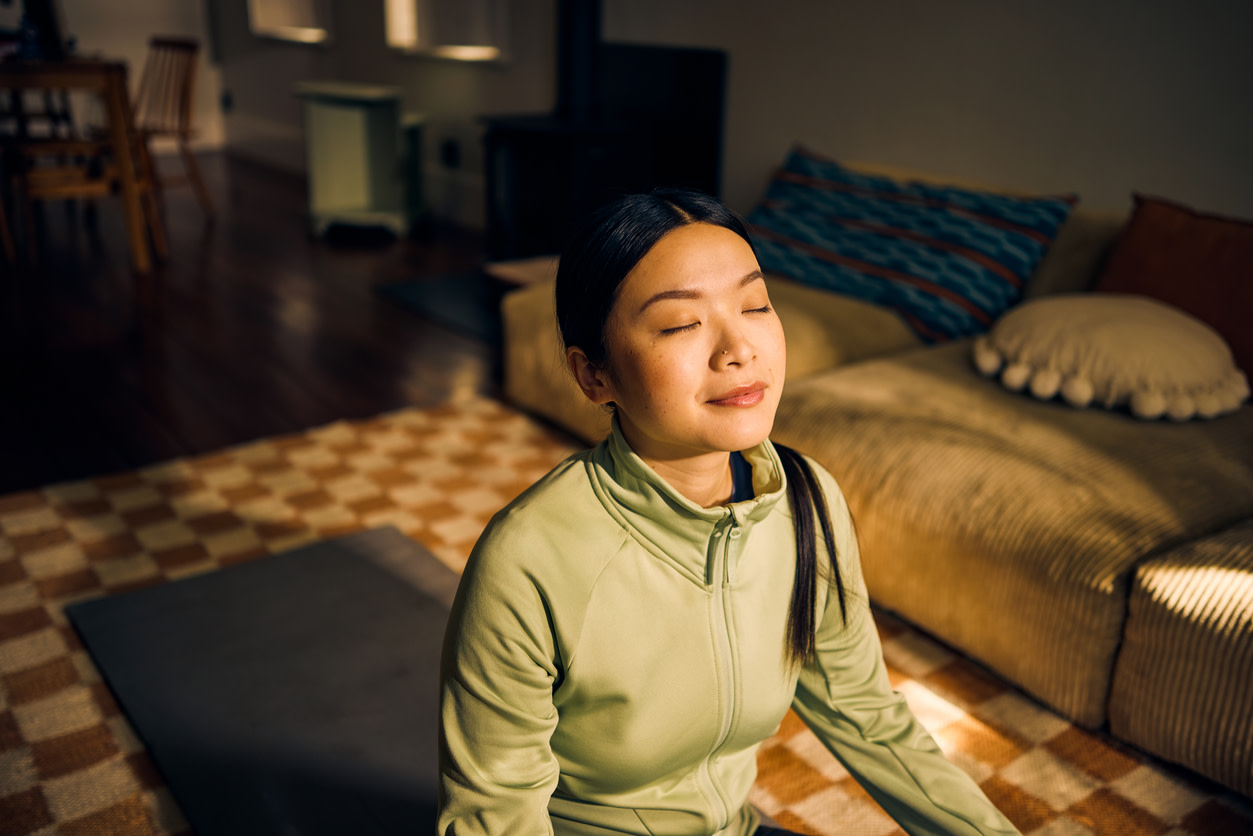Grounding techniques for anxiety
Discover how performing grounding techniques for anxiety, such as soothing movements and mental exercises, can help restore a sense of calm.
0 $ pour vous
Date de publication : Jul 17, 2025
Table des matières
Grounding exercises
Want expert care? Check if you're covered for our free program →- Diaphragmatic breathing
- Seated marches
- Seated calf raises
- Body weight shifting
